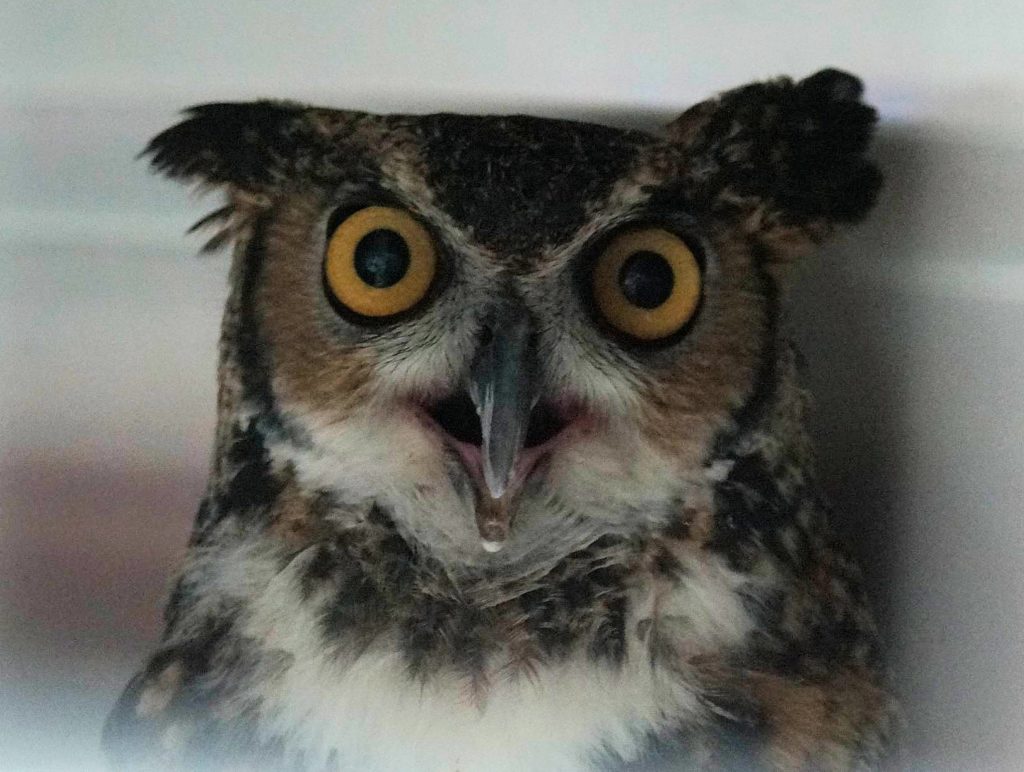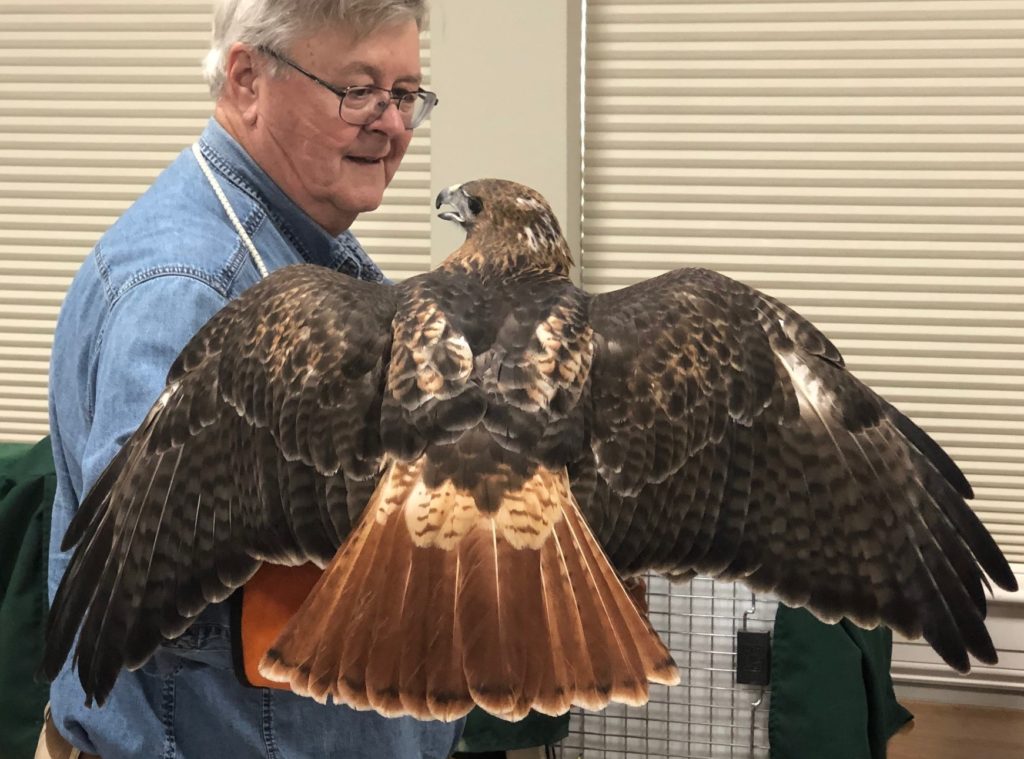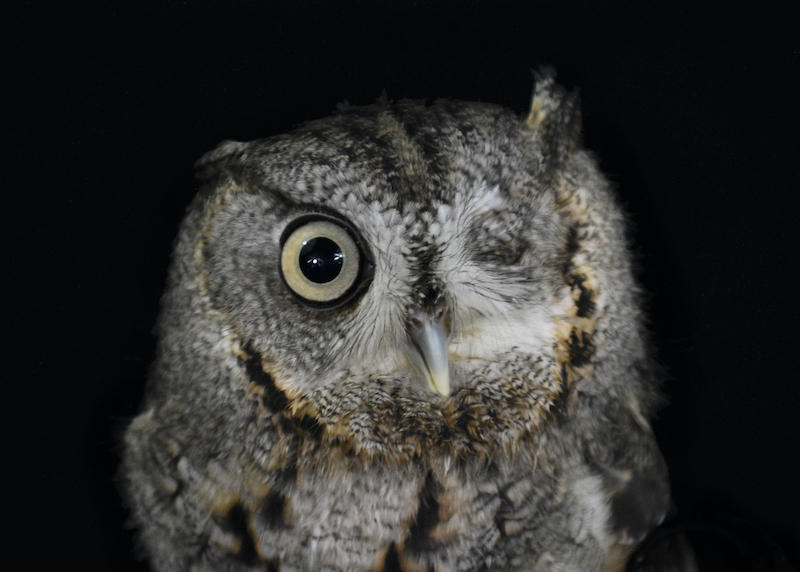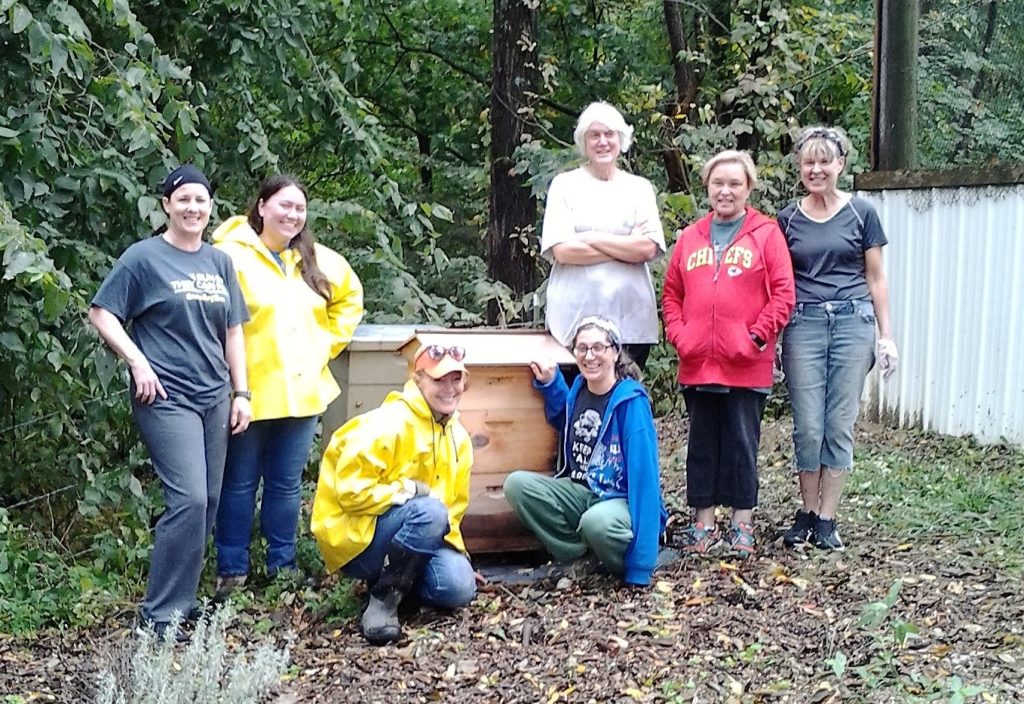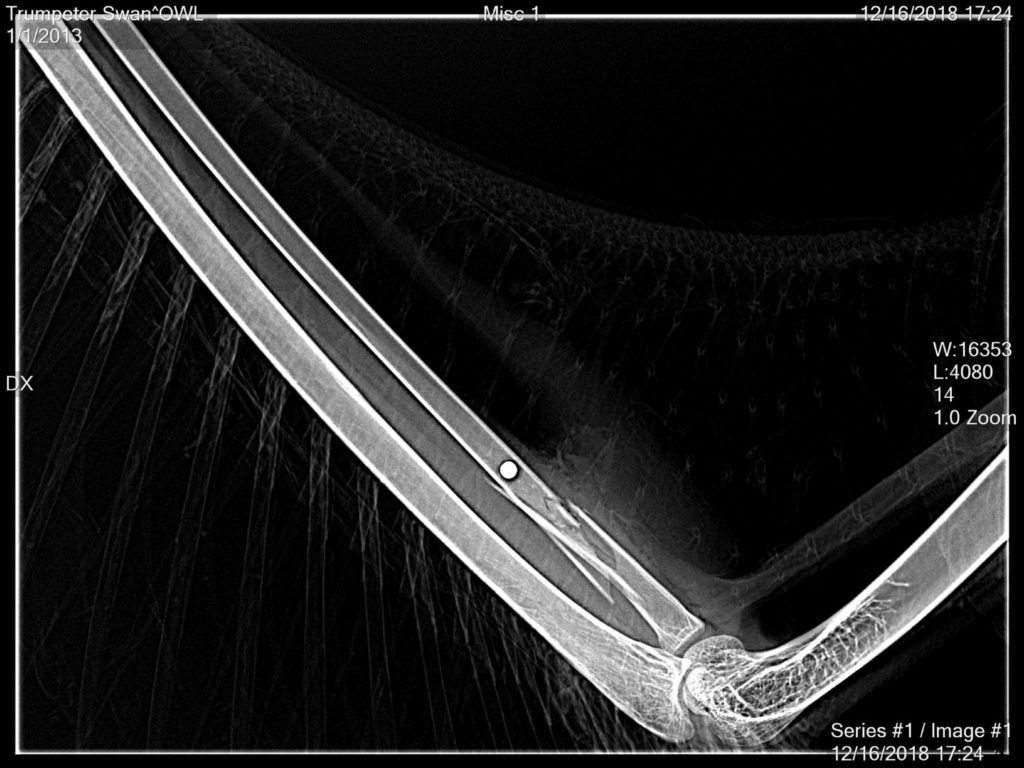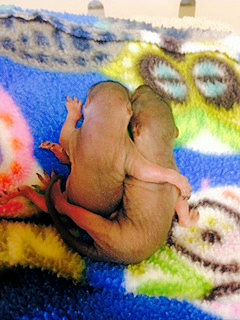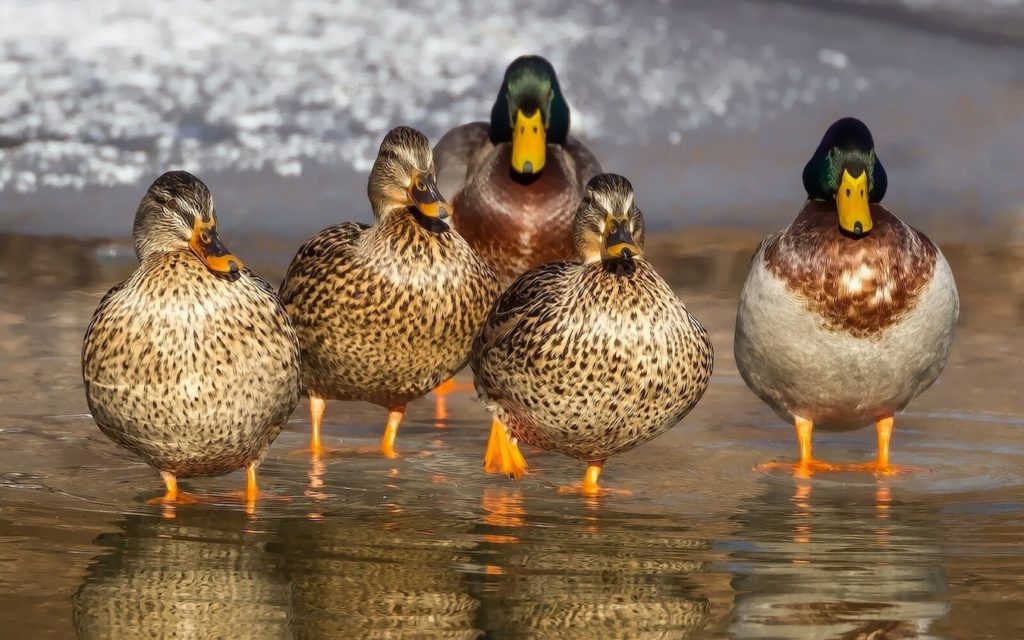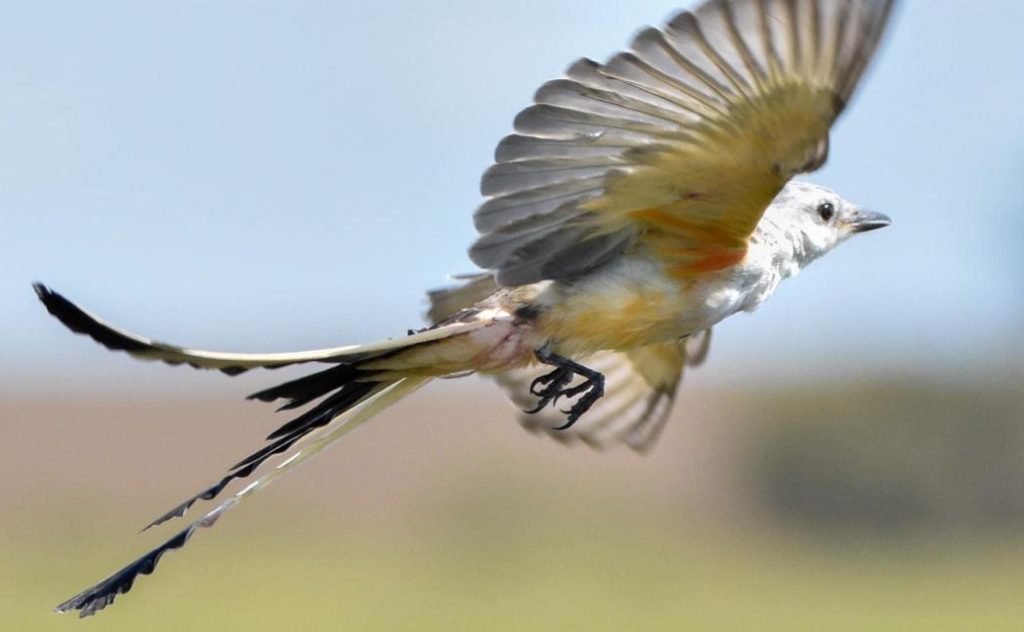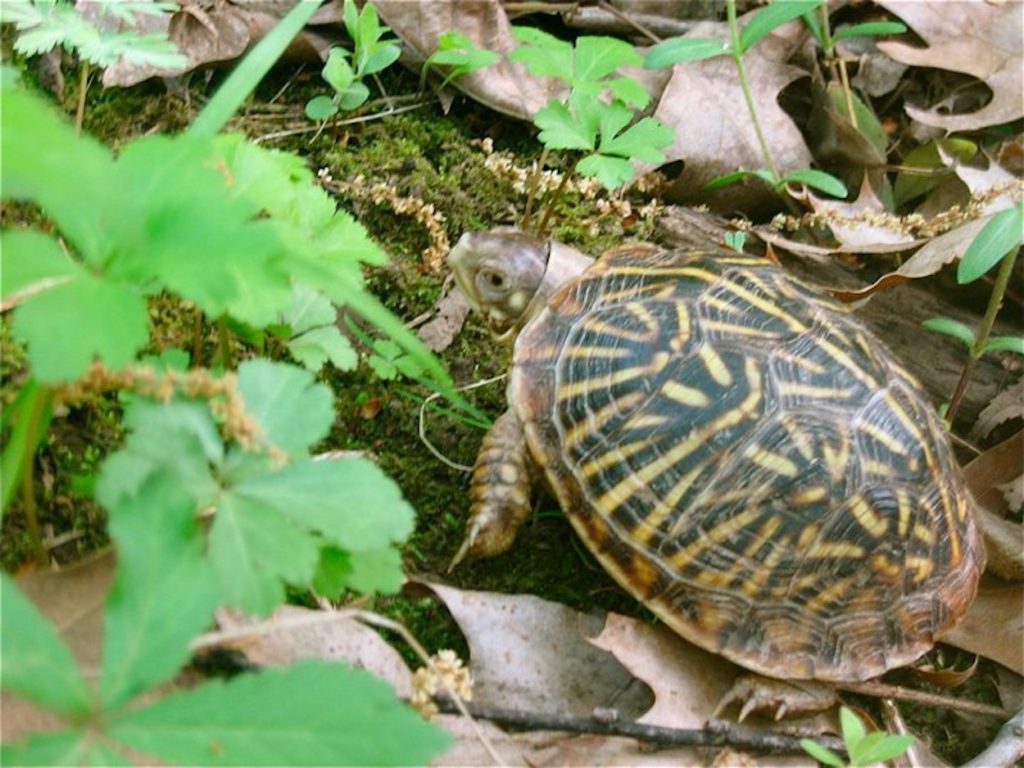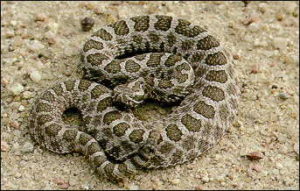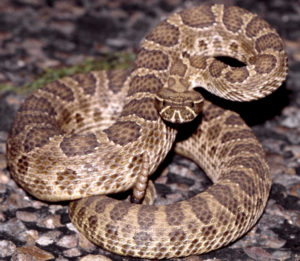About
Snakes
Of the 42 different species of snakes in Kansas, there are only four that are venomous.
- Copperhead Snake – found in the eastern third of Kansas
- Timber Rattlesnakes – found in the eastern fourth of Kansas
- Massasauga Rattlesnake – found in the eastern two-thirds of Kansas.
- Prairie Rattlesnake – found in the western half of Kansas.
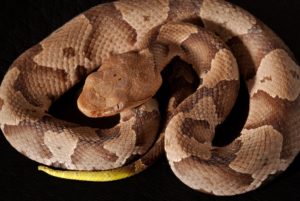
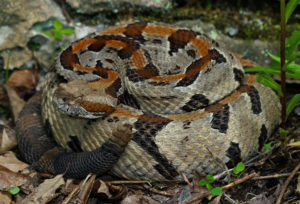
Snakes – To rescue or not to rescue
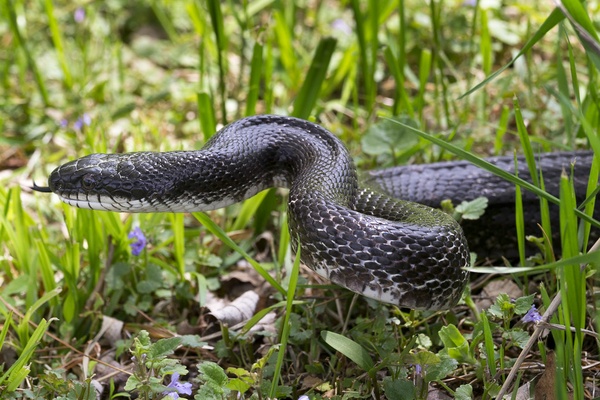
Snakes in Your Home, Yard, Shed, Garage
Most snakes are around because there is a food supply or good habitat, such as a wood or rock pile or tall grass. Piles of boards, fence posts, dump heaps, slabs of roofing paper, scrap corrugated steel roofing, burlap, and slabs of bark provide hiding places for snakes and the food they eat. Inspect foundations, doors, and low windows to make sure there are no openings where snakes might enter.
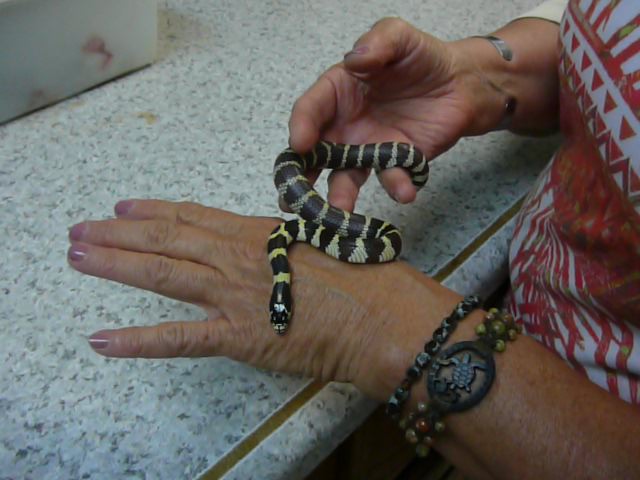
Their role
Snakes like to eat mice, rats, moles, grubs, and bugs. They are good exterminators and have an important role in our world by keeping mice, rabbits, and other small animals in check.

We recommend you leave them alone, but if you must remove them, follow these tips.
- Gently put the handle of a broom underneath the middle area of their body so that as you lift, they drape over it.
- Tip the end of the broom handle into a large bucket and let the snake slide into it.
- Cover the bucket and take it to a safe location.
- Uncover, tip the bucket, and let the snake go.
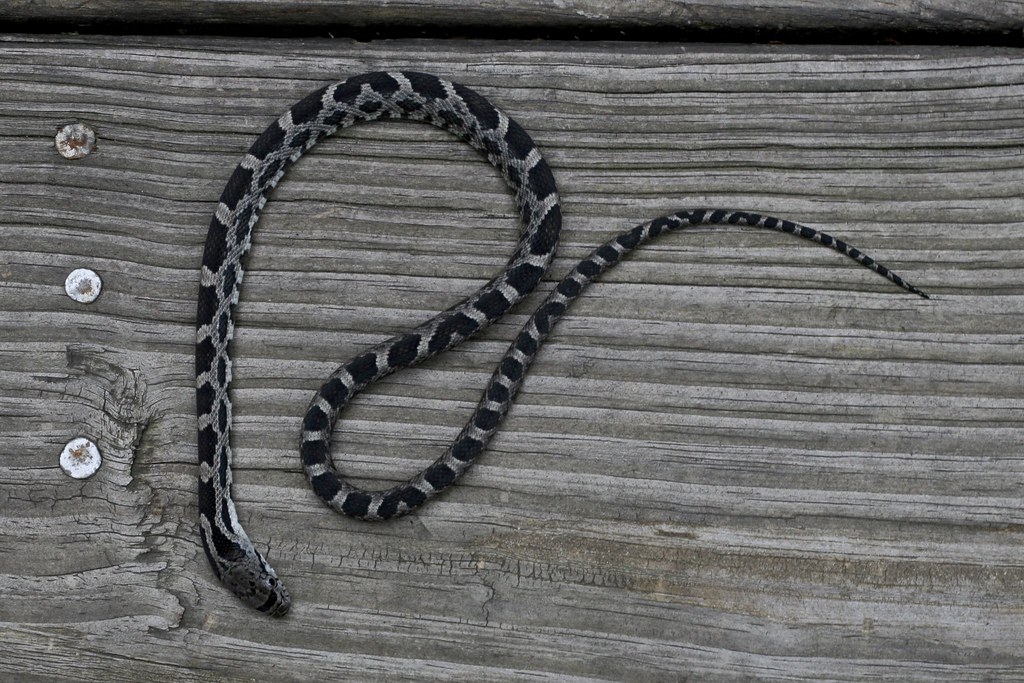
Alternative Option
- Lay a clean trash can (without a bag) down on the ground.
- Use a broom to gently sweep the snake into it.
- Set the trash can upright and cover the opening.
- Take to a safe location, place on its side or gently tip, and let the snake go.
Caught by Pets
Cats
Cats have mouths full of bacteria that can kill an animal in a short time. All animals caught by a cat need to be brought in for medication and rehabilitation, even if you can’t see wounds.
Dogs
If a dog brings you an animal bring it in immediately. Dogs have powerful jaws that can create crushing injuries.
Snake Safety
- Never stick your hand or foot under a rock, paver-stone, or hedge, without looking first.
- Listen before you use your hands, and you’ll have better luck in keeping your hands bite free.
- Check the area before sitting on a rock or ledge.
- Wear jeans and boots. Heavy rubber boots or thick leather works best when walking through a marshy area, or tall grasses and brush.
- Be noisy. Snakes like solitude and will try to get away from loud sounds.
- Don’t try and corner a snake.
Common Concerns
Snakes eat bugs, spiders, and mice and follow them into your home. When these creatures become stuck on a glue trap, the snake also gets stuck when it tries to catch/eat them.
DO NOT try to pry the snake off the trap. Bring it in immediately. We have special solvents that will dissolve the adhesive so the snake’s scales aren’t ripped off his body.
Snakes can get through tiny cracks. Any type of plastic container with a lid will suffice for transport.
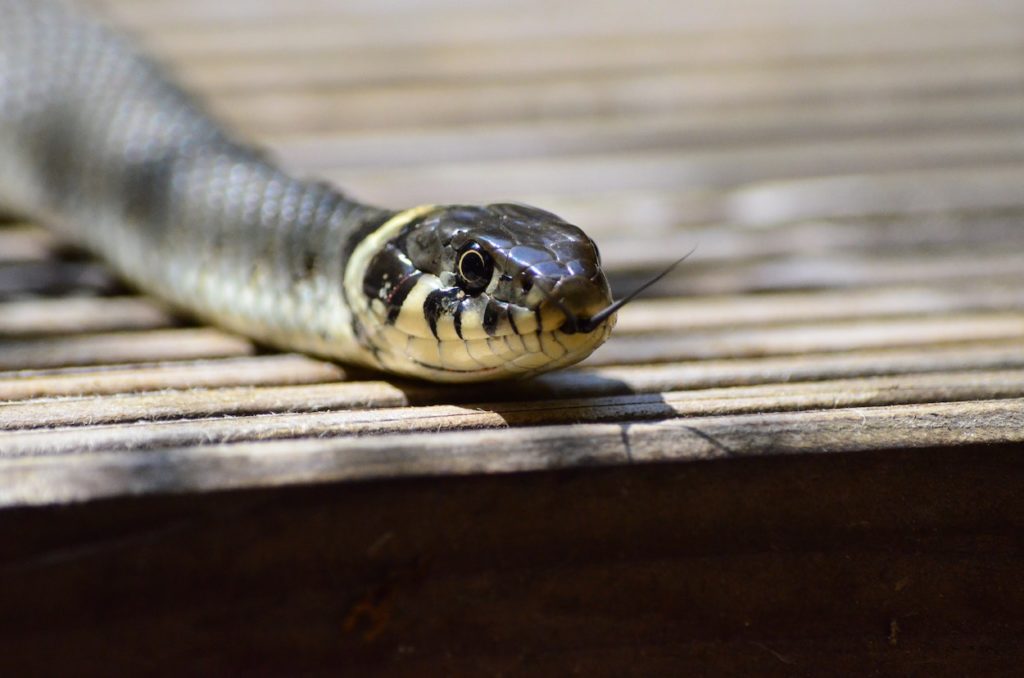
about
Snake Facts
- Snakes don’t have eyelids
- Snakes can’t chew food, so they must swallow it whole
- Snakes have flexible jaws which allow them to eat prey bigger than their head!
- Snakes have internal ears but not external ears.
- There are around 3000 different species of snake.
- Snakes have a unique anatomy which allows them to swallow and digest large prey.
- Snakes shed their skin several times a year in a process that usually lasts a few days.
- Snakes smell with their tongue

Contact Operation WildLife for help.

